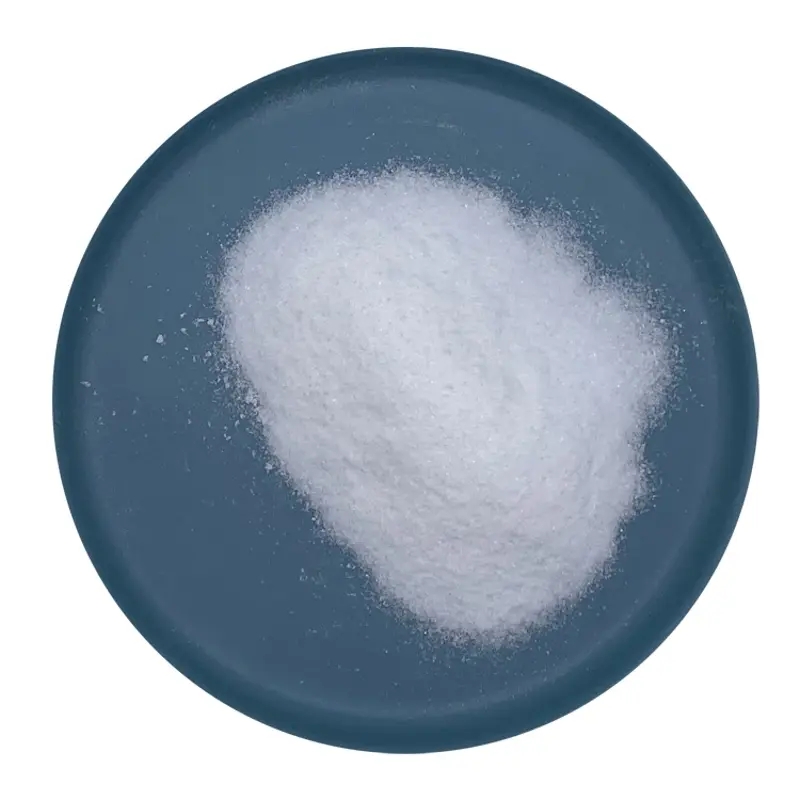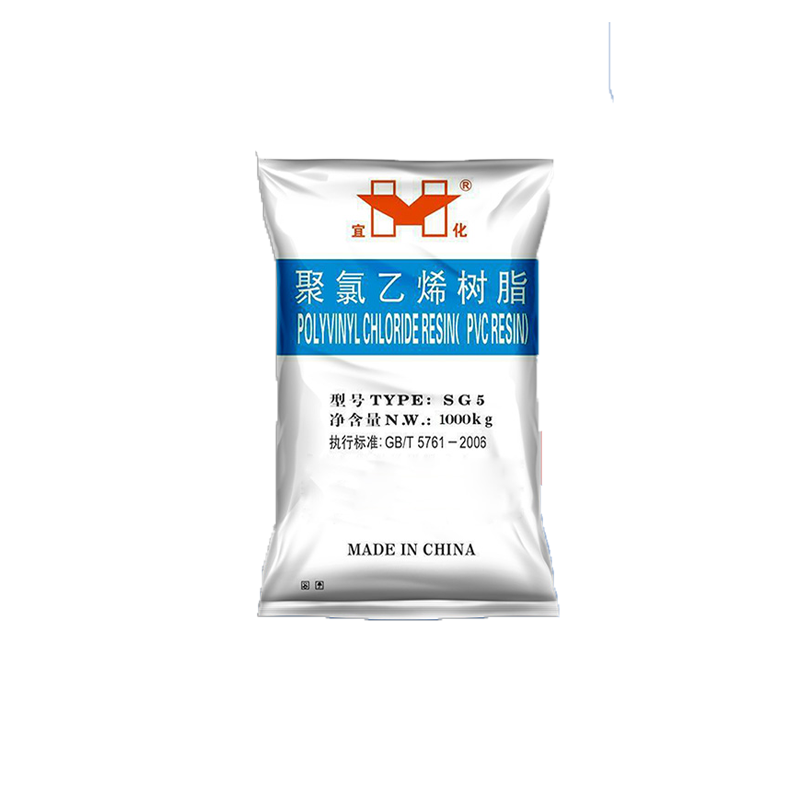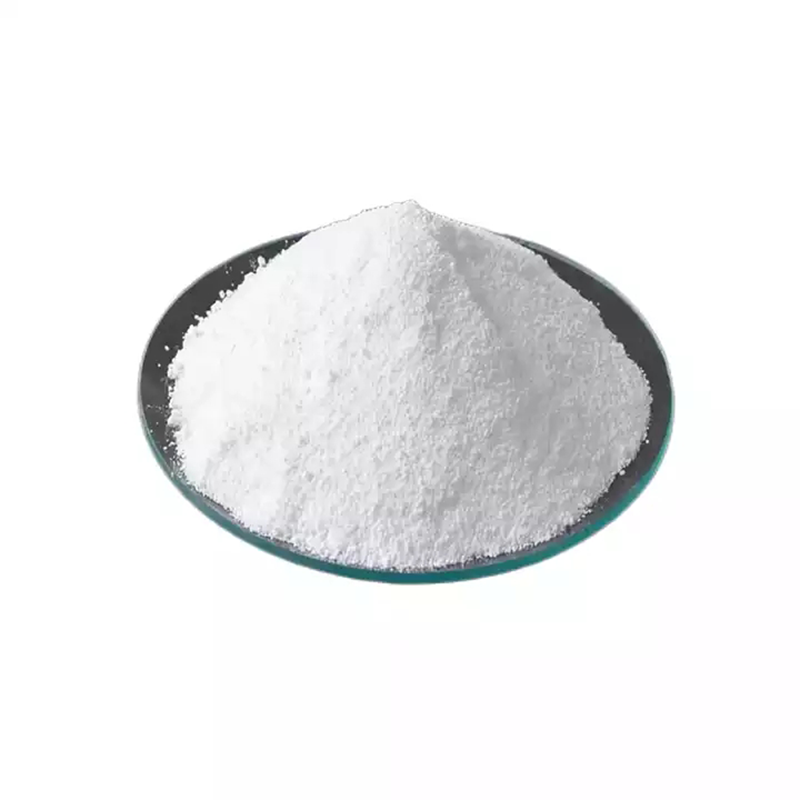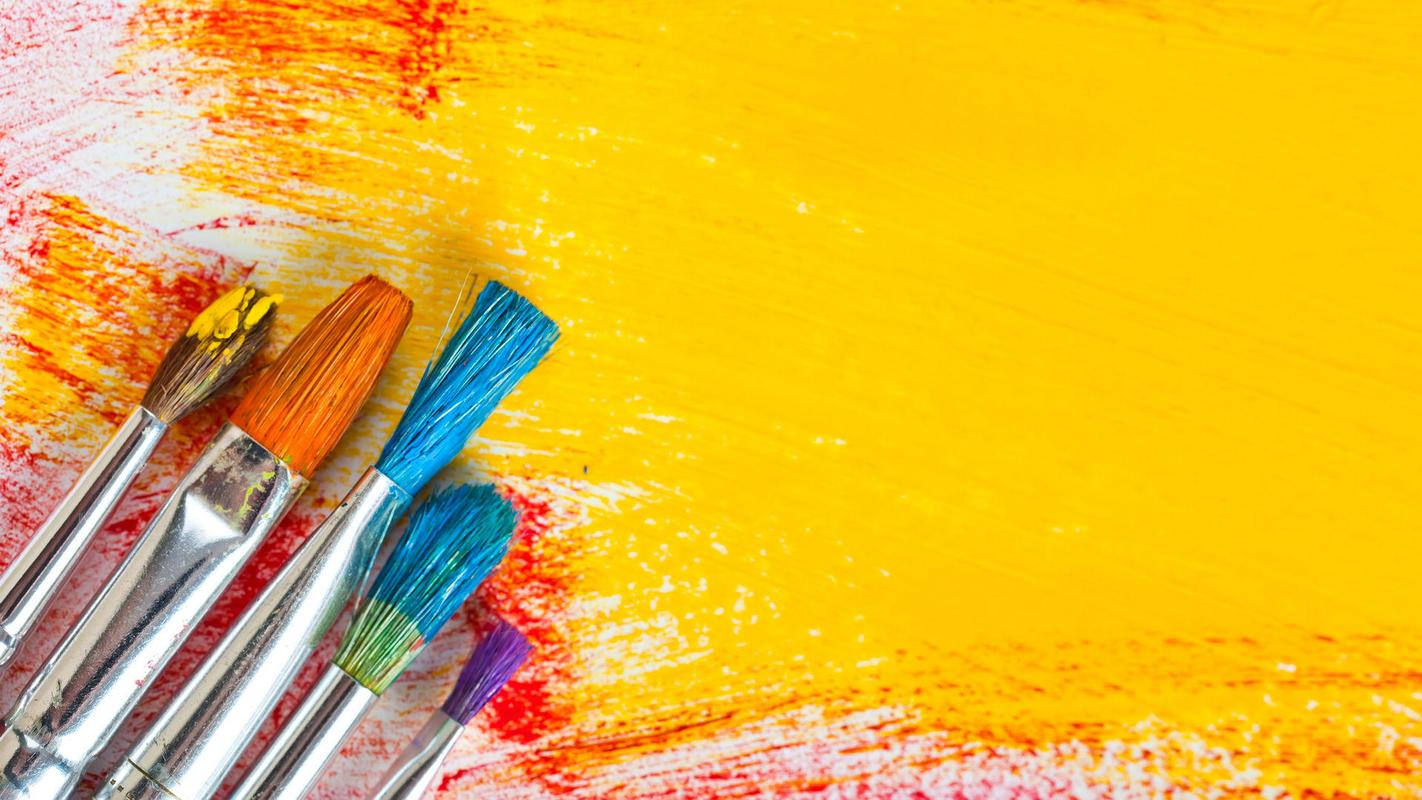The development of PVC
作为世界上应用范围最广,产量最大的工业原材料-pvc, 你有必要了解一下PVC的发展历程。
As the most widely used and most productive industrial raw material PVC in the world, it is necessary for you to understand the development history of PVC.
聚氯乙烯早在1835年就为V.勒尼奥发现,用日光照射氯乙烯时生成一种白色固体,即聚氯乙烯。
PVC was discovered by V. Lenio in 1835. it generates a white solid, when vinyl chloride shined by sun, it is PVC.
PVC在19世纪被发现过两次,一次是Henri Victor Regnault在1835年,另一次是Eugen Baumann在1872年发现的。20世纪初,俄国化学家Ivan Ostromislensky和德国Griesheim-Elektron公司的化学家Fritz Klatte同时尝试将PVC用于商业用途,但困难的是如何加工这种坚硬的,脆性的的材料。
PVC was discovered twice in the 19th century, once in 1835 by Henri Victor Regnault and the other in 1872 by Eugen Baumann. At the beginning of the 20th century, Russian chemist Ivan Ostromislensky and German chemist Fritz Klatte of Griesheim Elektron Company tried to use PVC for business, but the difficulty was how to process this hard and brittle material.
1912年,德国人Fritz Klatte合成了PVC,并在德国申请了专利,但是在专利过期前没有能够开发出合适的产品。
In 1912, Fritz Klatte, a German, synthesized PVC and applied for a patent in Germany, but failed to develop a suitable product before the patent expired.
1926年,美国B.F. Goodrich公司的Waldo Semon合成了PVC并在美国申请了专利。Waldo Semon和B.F. Goodrich Company在1926年开发了利用加入各种助剂塑化PVC的方法,使它成为更柔韧更易加工的材料并很快得到广泛的商业应用。
In 1926, Waldo Semon of B.F. Goodrich Company in the United States synthesized PVC and applied for a patent in the United States. Waldo Semon and B.F. Goodrich Company developed a method of plasticizing PVC by adding various additives in 1926 to made pvc more flexible and easy to process, it quickly gained wide application in business.
PVC是三十年代初实现工业化的。从三十年代起,在很长的时间里,聚氯乙烯产量一直在世界塑料用量中占居第一位。六十年代后期,聚乙烯取代了聚氯乙烯。现聚氯乙烯塑料虽退居第二位,但产量仍占塑料总产量的四分之一以上。
PVC was industrialized in the early 1930s. Since the 1930s, for a long time, the output of PVC has been ranking first in the world plastic consumption. In the late 1960s, polyethylene replaced PVC. Although PVC plastics now rank the second, its output still accounts for more than a quarter of the total plastic output.
但在七十年代中期,人们认识到聚氯乙烯树脂及制品中残留的单体氯乙烯(VCM)是一种严重的致癌物质,无疑在一定程度会影响聚氯乙烯的发展。不过人们已成功地通过汽车等途径降低残留的VCM,使聚氯乙烯树脂中VCM会含量小于10ppm,达到卫生级树脂要求,扩大了聚氯乙烯的应用范围。甚至可使树脂中的VCM含量小于5ppm,加工后残留的VCM极少。对人体基本无害,可用作食品药包装和儿童玩具等。
However, in the mid-1970s, people realized that the residual monomer vinyl chloride (VCM) in PVC resin and products is a substance that could result in cancer, which would undoubtedly affect the development of PVC. But, it have successfully reduced the residual VCM through automobile and other means, so that the VCM content in PVC resin is less than 10ppm, meeting the requirements of sanitary grade resin, and expanding the application scope of PVC. It can even make the VCM content in the resin less than 5ppm, and the residual VCM after processing is very little. It is basically harmless to human and can be used as food and drug packaging and children's toys.
Recommanded products from TDD:

















